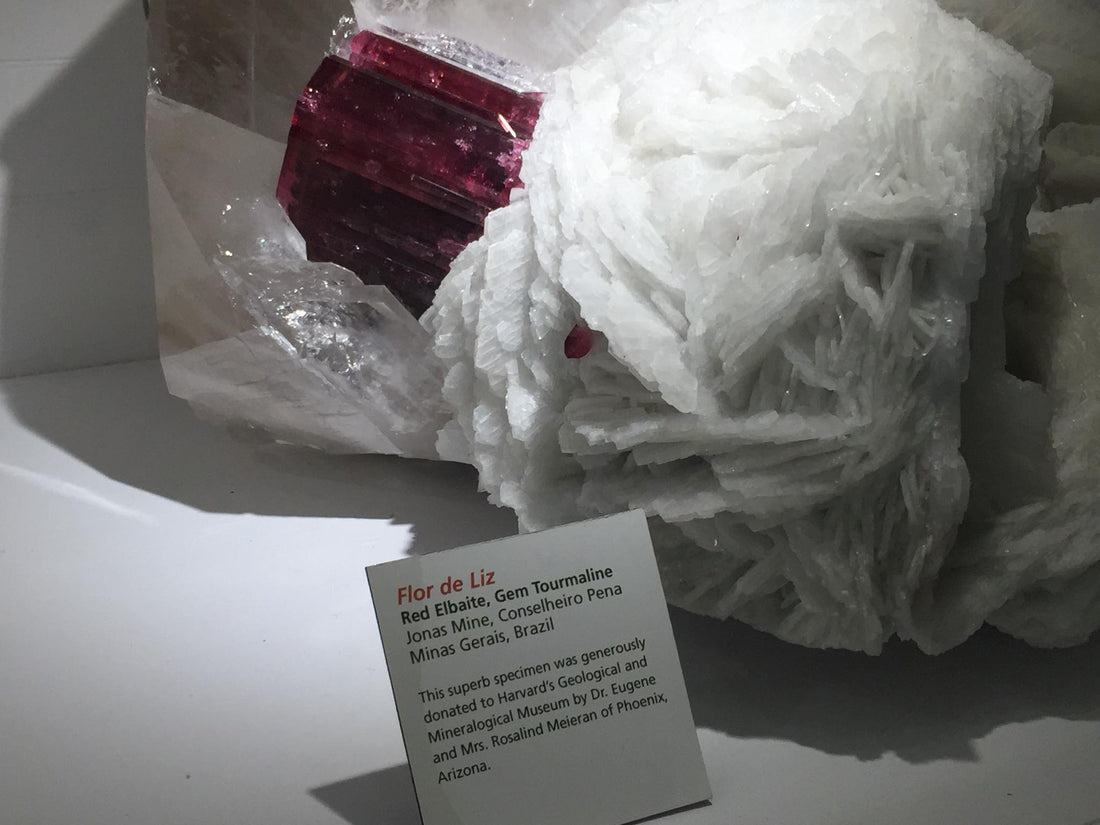Rocks and minerals are often admired for their beauty and geological significance, but beneath their captivating surfaces lurk some potentially lethal substances. It might sound absurd, but certain minerals can pose serious threats to human health and even be fatal if mishandled. From toxic fumes to radioactive decay, the natural world harbors an array of dangers that can turn a simple exploration into a perilous adventure. Before you embark on your next rock-collecting escapade, it's crucial to arm yourself with knowledge about the most dangerous minerals that could be lurking in plain sight.
- Cinnabar (Mercury Sulfide): The Poisonous Red Temptation
Cinnabar, a vivid red mineral often used as a source of mercury, might appear enticing, but it conceals a deadly secret. Mercury, released when cinnabar is crushed or heated, can lead to severe health issues, including neurological damage and organ failure. Ancient civilizations used cinnabar for its vibrant pigments, unknowingly putting themselves at risk.
- Arsenopyrite: The Deceptive Fool's Gold
Commonly mistaken for gold due to its similar appearance, arsenopyrite is far from a treasure. Composed of iron, arsenic, and sulfur, this mineral poses a serious health risk. When exposed to air, arsenopyrite can release arsenic-laden dust, causing respiratory problems and potentially leading to arsenic poisoning.

- Uraninite: The Silent Radioactive Threat
Uraninite, also known as pitchblende, is a uranium ore that holds the potential for radioactive decay. While uranium itself is relatively low in radioactivity, its decay products, such as radon gas, pose a serious threat. Prolonged exposure to uranium mines or improperly stored uranium-bearing rocks can lead to lung cancer and other radiation-related illnesses.
- Crocidolite (Blue Asbestos): A Fibrous Menace
Once revered for its fire-resistant properties, crocidolite, or blue asbestos, is now infamous for its role in causing fatal lung diseases. Inhalation of asbestos fibers can lead to conditions like mesothelioma and asbestosis. Despite its banned status in many countries, remnants of blue asbestos still pose risks in areas where it was extensively used.
- Galena: Lead's Stealthy Carrier
Galena, the primary ore of lead, may seem harmless, but its lead content is a silent threat. Lead poisoning can occur through ingestion or inhalation of dust from galena deposits. This toxic metal can impair cognitive function, cause developmental issues in children, and lead to a range of health problems.
- Realgar: The Fiery Arsenic Crystal
Realgar, an arsenic sulfide mineral, is known for its vibrant red and orange hues. However, its beauty masks its toxicity. Exposure to realgar can result in arsenic poisoning, causing symptoms such as abdominal pain, vomiting, and even death. Historically, realgar was used in traditional medicines, illustrating the dangers of relying on natural substances without understanding their potential harm.
The natural world, with all its wonders, harbors minerals that can turn a seemingly harmless hobby into a perilous undertaking. From the silent threat of radioactive decay to the insidious dangers of lead poisoning, the minerals mentioned above serve as a stark reminder that nature's beauty often conceals potent dangers. Before embarking on any geological exploration, it is essential to educate oneself about the potential risks associated with these minerals. In the world of rocks and minerals, knowledge truly is a life-saving tool. So, next time you're tempted to pick up a captivating specimen, remember that even the most alluring rocks can be deadly if mishandled.
